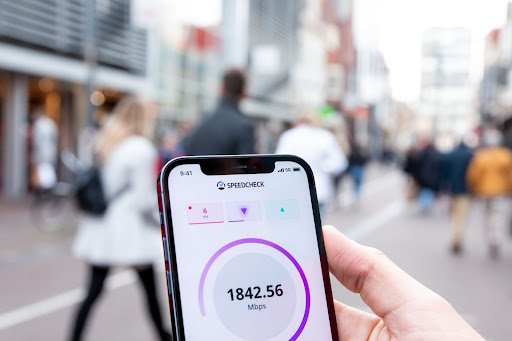Broadband provides high-speed Internet access to many businesses and homes. Broadband is usually split into two categories: cable broadband and DSL broadband. Cable broadband uses underground or over-the-air cables to supply electric current that connects computers with telephone exchanges or other services from the computer room.
DSL is a technology that sends data across existing analog voice lines using digital signals in an attempt to provide higher speeds than traditional dial-up Internet connections could support at a cost lower than current alternatives such as Cable Broadband. To choose the best broadband, you need the following tips;
Consider Customer Service
If someone has been using a provider before then they may want to consider working with that company again or selecting another provider who offers good customer service. Research shows that customer support ranks highly in consumers’ preferences for providers on whom they base their choice of broadband service.
Thus, the first thing is to research the customer service of a provider before you finalize your decision. Good customer support representatives are friendly, understanding, and helpful. They provide detailed information about plans and pricing over the phone without resorting to hard-sell tactics.
Reading Suggestion: Unblocked Games World to Play Online Games
Consider Speed
The second thing is speed; not all providers offer high-speed connections so you should read through each plan carefully to see whether a provider offers a speed that is adequate for your needs. Once you have your plan in place, you’ll want to make sure that you conduct an internet speed test every now and then to make sure that you are getting the speed you are paying for.
The National Broadband Plan has set the goal to provide 100 megabits per second to all homes and businesses by 2021 – download speeds that are measured in megabits per second (Mbps) and upload speeds that are measured in megabits per second (Mbps).
Consider Coverage
If you plan to connect with fiber, consider the options for cable broadband or DSL services. Cable broadband can be used for both home and business use so it is essential if you plan on connecting more than one computer from a single location. On the other hand, DSL can only be connected to one location so it is better for those who only plan on using a computer at home.
In addition, you will have to consider what services you have available in your area. For example, those in a remote location will have limited choices, so may want to compare satellite internet vs dsl when looking at options for good internet services and providers.
Select a Provider That Offers a Techie’s Cost
If you want a simple plan that offers the minimum amount of data and support, research providers offer the most affordable plans with the least amount of data per month. You also need to run some financial background checks on potential providers by checking out a provider’s customer service reviews.
Many consumer complaints have been filed against various companies for not providing enough features for their consumers and their cancellation fees are often too expensive as well.
Reading Suggestion: Cool Math Games Unblocked 66
Consider Plans That Are Simple to Use
Viewing your data usage is one of the most important aspects of planning your current and future broadband needs. Better providers offer customers more insight into how they can save money by utilizing their plan and paying them only for the data they use.
Different plans may be available which provide unlimited data allowance but force you to pay extra if you exceed that limit, additional data or processing fees (discounted if you purchase a large amount of data), or no data at all for plans that limit your bandwidth.























